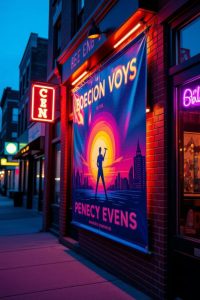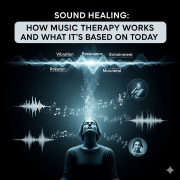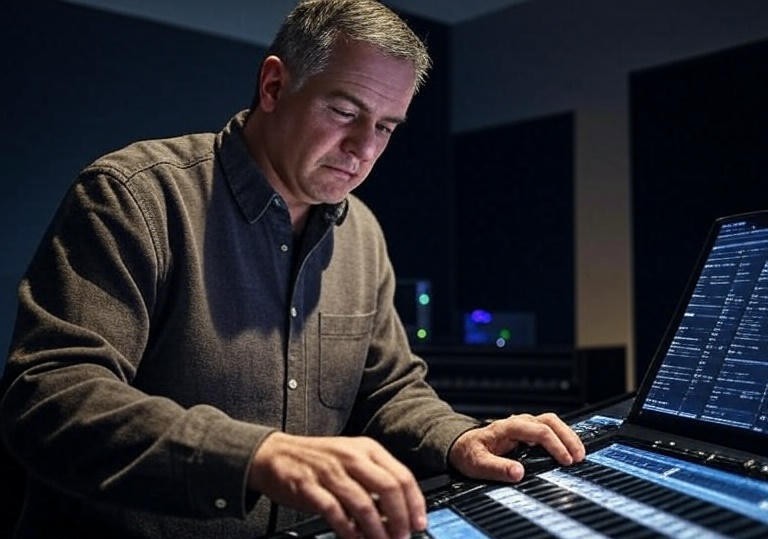Hitting the Right Note: Banner Printing NYC for Music Releases and Album Tours
 Musicians thrive on visibility. Whether it’s an album drop or a tour stop in New York City, standing out in a crowded market is key. Bold, high-quality banners offer a powerful way to capture attention and make a lasting impression. From indie artists to major record labels, banners are a go-to tool for promoting music releases and live shows. They’re versatile, eye-catching, and perfect for creating buzz in a city that never sleeps.
Musicians thrive on visibility. Whether it’s an album drop or a tour stop in New York City, standing out in a crowded market is key. Bold, high-quality banners offer a powerful way to capture attention and make a lasting impression. From indie artists to major record labels, banners are a go-to tool for promoting music releases and live shows. They’re versatile, eye-catching, and perfect for creating buzz in a city that never sleeps.
Why choose banners for music promotion? They’re big, vibrant, and impossible to ignore. For musicians looking to make a splash, vinyl banners NYC provide a cost-effective way to advertise. Imagine a massive banner outside a Brooklyn venue, showcasing an album’s artwork or announcing a sold-out show. These displays don’t just inform, they spark excitement and draw crowds. Plus, they’re durable enough to withstand NYC’s unpredictable weather, ensuring your message stays loud and clear.
Why Banners Work for Music Releases
Album drops demand attention. In a city like NYC, where new music floods the scene daily, banners cut through the noise. They’re a visual megaphone, broadcasting your release to fans and passersby alike. A well-placed banner in Times Square or Williamsburg can turn a casual glance into a Spotify stream or ticket purchase. Moreover, banners are customizable, letting artists showcase their unique style, from gritty punk aesthetics to sleek pop designs.
Banners tell a story. According to music marketing expert Jamie Cole, “Visuals are half the battle in music promotion. A banner isn’t just an ad, it’s an extension of the artist’s brand.” By incorporating album art, release dates, or QR codes linking to pre-save pages, banners create a direct connection with fans. They’re not just promotional tools; they’re part of the album’s narrative, amplifying its impact.
Key Benefits of Banners for Album Releases
- High visibility: Large formats ensure your message stands out in busy urban areas.
- Cost-effective: Compared to digital ads, banners offer long-lasting exposure for a one-time cost.
- Customizable: Tailor designs to reflect your album’s vibe, from bold colors to minimalist layouts.
- Versatile placement: Hang them at venues, festivals, or pop-up shops to maximize reach.
Amplifying Tour Stops with Banners
Tour stops need hype. When an artist rolls into NYC, banners can transform a venue into a can’t-miss event. Picture a banner draped across a Lower East Side club, announcing a band’s first headlining gig. It’s not just about logistics, it’s about creating a moment. Fans snap photos, share them on social media, and suddenly, your show is trending. Banners make every tour stop feel like a major event, whether it’s a small club or Madison Square Garden.
Location matters. Strategic placement is crucial for tour banners. High-traffic spots like subway stations, music stores, or even food truck festivals can amplify your reach. For example, a banner near NYU’s campus could catch the eye of college students, a key demographic for emerging artists. Pair that with direct fan engagement strategies like email marketing to build stronger connections with your audience. Include bold designs and clear calls-to-action, like ticket links or show dates, and you’ve got a recipe for sold-out shows.
Tips for Effective Banner Design
Design matters as much as the message. A poorly designed banner can dilute your brand, while a striking one can become iconic. Here’s how to get it right:
- Keep it simple: Use bold fonts and minimal text for readability from a distance.
- Embrace color: Vibrant hues grab attention, but ensure they align with your album or tour aesthetic.
- Include key info: Feature dates, venues, or QR codes for easy access to tickets or music.
- Work with pros: Partner with local printers who specialize in vinyl banners NYC for top-notch quality.
Real-World Impact
Banners have proven their worth. Take the example of indie band The Vinyl Suns, who used banners to promote their 2024 NYC tour. By placing vibrant displays in key Brooklyn neighborhoods, they saw a 30% spike in ticket sales.
“Our banners were like beacons,” said lead singer Mia Torres. “People stopped, took pictures, and bought tickets on the spot.”
This kind of real-world impact shows why banners remain a staple in music promotion.
Record labels are catching on. Major labels like Sony Music have started investing in large-scale banner campaigns for their artists’ NYC stops. These banners, often featuring album artwork or tour branding, create a sense of urgency and excitement. Smaller labels, too, are using banners to compete in the saturated NYC market, proving that size doesn’t matter when creativity and placement are on point.
Conclusion: Make Your Mark
Banners are more than just signs. They’re a statement, a vibe, and a call to action all rolled into one. For musicians and labels looking to promote album releases or tour stops, vinyl banners NYC offer an unbeatable way to stand out. They’re affordable, impactful, and tailored to your vision. So, next time you’re planning a music drop or a show in the Big Apple, think big. Think bold. Think banners. Your fans and your ticket sales will thank you.

 Sound treatment comes in various forms, and each one of them has advantages:
Sound treatment comes in various forms, and each one of them has advantages: Jeju Island’s nightlife hums with a unique rhythm. Tucked away from the bustling streets of Seoul, this volcanic paradise has carved out a niche for immersive, music-driven experiences in its themed lounges and private rooms. These spaces, often called “healing rooms,” blend carefully curated soundscapes with striking aesthetics to create moments of escape and connection. Visitors don’t just hear music; they feel it, as every note is tailored to the vibe of the room. From jazz to electronic beats, Jeju’s healing rooms are redefining how music shapes atmosphere and emotion.
Jeju Island’s nightlife hums with a unique rhythm. Tucked away from the bustling streets of Seoul, this volcanic paradise has carved out a niche for immersive, music-driven experiences in its themed lounges and private rooms. These spaces, often called “healing rooms,” blend carefully curated soundscapes with striking aesthetics to create moments of escape and connection. Visitors don’t just hear music; they feel it, as every note is tailored to the vibe of the room. From jazz to electronic beats, Jeju’s healing rooms are redefining how music shapes atmosphere and emotion.